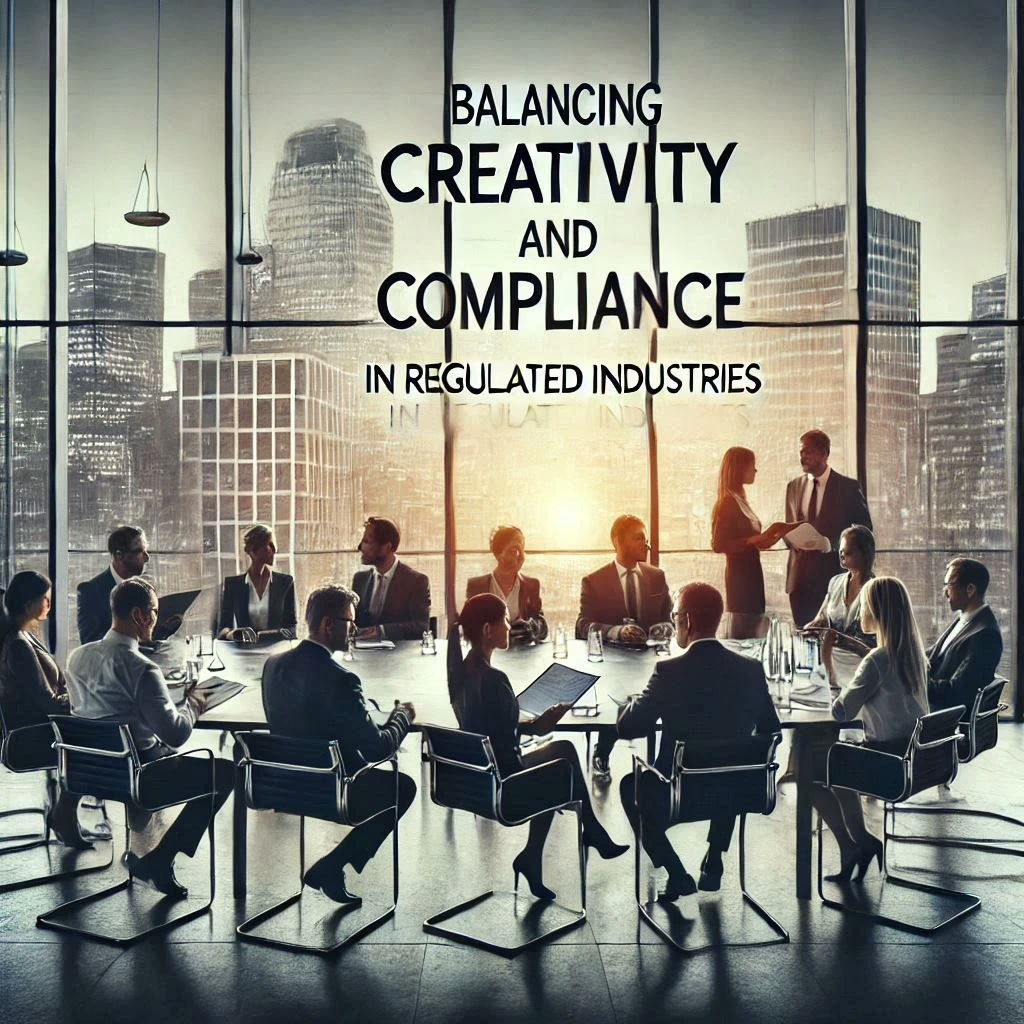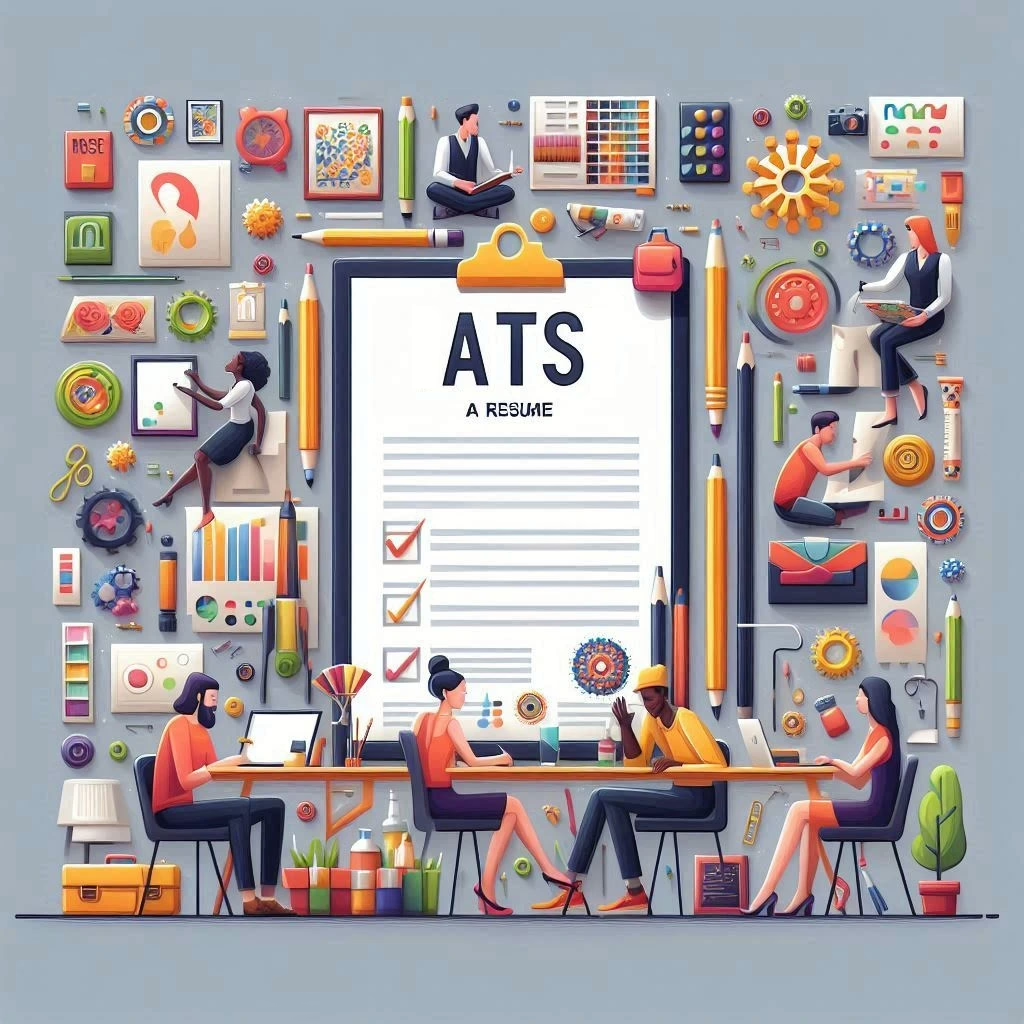Introduction to Sentence Prompts
Sentence prompts serve as essential tools that guide AI models in generating coherent and contextually relevant content. A sentence prompt is essentially a specific input or instruction provided to an AI model, designed to elicit a desired response or output. This practice is crucial for ensuring that the generated content aligns with the intended message and meets the expectations of the user.
Defining Sentence Prompts
Sentence prompts can be defined as structured phrases or sentences that initiate a response from AI systems, particularly those based on transformer architectures, such as large language models (LLMs). These prompts can vary in complexity, from simple queries to detailed instructions that specify the format, tone, or style of the desired output. The effectiveness of a sentence prompt lies in its ability to influence the behavior of the AI, steering it towards producing relevant and high-quality content that meets user needs [2][3].
Relevance of Sentence Prompts in AI-Generated Content
The significance of sentence prompts extends beyond mere functionality; they are pivotal in shaping the quality and relevance of AI-generated content. In industries such as finance, healthcare, and legal sectors, where precision and compliance are paramount, well-crafted sentence prompts can help mitigate risks associated with ambiguity and misinterpretation. By providing clear and concise instructions, professionals can harness the power of AI to generate content that adheres to industry standards and regulations, while still fostering creativity and innovation [12][14].
Balancing Creativity with Compliance
Navigating the complexities of prompt design in regulated industries requires a delicate balance between fostering creativity and ensuring compliance. As organizations increasingly turn to AI for content generation, they must be mindful of the regulatory frameworks that govern their operations. This involves not only crafting prompts that inspire innovative ideas but also ensuring that the outputs remain within the boundaries of legal and ethical standards. For instance, in healthcare, prompts must be designed to avoid the generation of content that could lead to misinformation or violate patient privacy [1][9].
In conclusion, understanding the role of sentence prompts in AI applications is crucial for professionals in regulated industries. By mastering the art of prompt design, they can effectively leverage AI technologies to enhance creativity while maintaining compliance with industry regulations. This balance is essential for driving innovation without compromising on the integrity and reliability of the generated content.
Understanding Regulated Industries
Regulated industries, such as finance, healthcare, and legal sectors, operate under strict guidelines and standards that govern their practices. These regulations are designed to protect consumers, ensure fair practices, and maintain the integrity of the industry. Here’s a closer look at these sectors and the implications of their regulatory frameworks:
- Definition of Regulated Industries:
- Finance: This sector includes banks, investment firms, and insurance companies, all of which are subject to regulations that ensure transparency, protect consumer rights, and prevent fraud. Regulatory bodies like the Financial Industry Regulatory Authority (FINRA) oversee compliance within this industry.
- Healthcare: The healthcare industry encompasses hospitals, clinics, and pharmaceutical companies, which must adhere to regulations that protect patient privacy and ensure the safety and efficacy of medical products. The Health Insurance Portability and Accountability Act (HIPAA) is a key regulation that governs patient information confidentiality and security.
- Legal: The legal sector includes law firms and legal service providers, which are regulated to maintain ethical standards and protect client confidentiality. Compliance with various legal standards is crucial to uphold the integrity of legal practices.
- Key Regulations Impacting Content Generation:
- HIPAA: In healthcare, HIPAA mandates strict guidelines on how patient information is handled, requiring that any content generated must not disclose personal health information without consent.
- GDPR: The General Data Protection Regulation (GDPR) affects any organization that processes personal data of EU citizens, imposing stringent requirements on data handling and privacy that must be reflected in content creation.
- FINRA: In finance, FINRA regulations require that all communications with clients are fair, balanced, and not misleading, which directly impacts how content is crafted and presented.
- Consequences of Non-Compliance:
- Non-compliance in regulated industries can lead to severe repercussions, including hefty fines, legal action, and damage to reputation. For instance, a healthcare provider that fails to comply with HIPAA may face significant penalties and loss of trust from patients. Similarly, financial institutions that violate FINRA regulations risk losing their licenses and facing litigation. In the legal sector, breaches of confidentiality can result in malpractice claims and disciplinary actions against attorneys.
The Role of AI in Content Generation
Artificial intelligence (AI) has emerged as a powerful tool for content generation, particularly in industries that are heavily regulated, such as finance, healthcare, and legal sectors. The integration of AI into these fields presents unique opportunities and challenges, especially when it comes to crafting effective sentence prompts that balance creativity with compliance.
Capabilities of AI in Generating Compliant Content
AI systems are designed to process vast amounts of data and generate content that adheres to specific guidelines and regulations. In regulated industries, this capability is crucial for ensuring that all communications are compliant with legal standards and industry norms. AI can:
- Automate Compliance Checks: AI tools can be programmed to recognize and flag content that may violate regulations, ensuring that all generated material meets the necessary legal requirements.
- Maintain Consistency: By utilizing predefined templates and guidelines, AI can produce consistent messaging that aligns with regulatory standards, reducing the risk of non-compliance.
- Adapt to Regulatory Changes: AI systems can be updated to reflect changes in regulations, allowing organizations to quickly adjust their content generation processes without extensive manual intervention.
Benefits of Using AI-Driven Sentence Prompts for Efficiency and Creativity
The use of AI-driven sentence prompts can significantly enhance both the efficiency and creativity of content creation in regulated environments. Some key benefits include:
- Increased Productivity: AI can generate content at a much faster rate than human writers, allowing professionals to focus on higher-level tasks while the AI handles routine content generation.
- Enhanced Creativity: By providing diverse sentence prompts, AI can inspire new ideas and perspectives, helping professionals to think outside the box while still adhering to compliance requirements.
- Streamlined Collaboration: AI tools can facilitate collaboration among teams by providing a centralized platform for content generation, ensuring that all team members have access to the same compliant prompts and guidelines.
Potential Risks Associated with AI-Generated Content in Regulated Fields
While the advantages of AI in content generation are significant, there are also potential risks that professionals in regulated industries must consider:
- Quality Control: AI-generated content may lack the nuanced understanding of complex regulatory frameworks that human experts possess, leading to potential compliance issues if not carefully reviewed.
- Over-Reliance on Automation: Relying too heavily on AI for content generation can result in a loss of critical thinking and creativity among professionals, as they may become accustomed to accepting AI outputs without sufficient scrutiny.
- Ethical Considerations: The use of AI in generating content raises ethical questions, particularly regarding transparency and accountability. Organizations must ensure that AI-generated content is clearly identified and that stakeholders understand its origins.
Designing Effective Sentence Prompts
In regulated industries such as finance, healthcare, and legal sectors, crafting sentence prompts for artificial intelligence applications requires a careful balance between creativity and compliance. The following strategies can help professionals navigate the complexities of prompt design while adhering to industry regulations.
Best Practices for Writing Compliant Sentence Prompts
- Understand Regulatory Frameworks: Familiarize yourself with the specific regulations that govern your industry, such as GAAP for finance or HIPAA for healthcare. This knowledge is crucial for ensuring that your prompts do not inadvertently lead to non-compliance [4].
- Use Clear and Precise Language: Sentence prompts should be straightforward and unambiguous. Avoid jargon or overly complex language that could lead to misinterpretation. This clarity helps ensure that the AI generates responses that are compliant with industry standards [12].
- Incorporate Compliance Checks: Design prompts that include built-in compliance checks. For example, prompts can ask the AI to verify that the information provided adheres to relevant regulations before generating a response. This proactive approach can mitigate risks associated with non-compliance [6].
Importance of Context and Specificity in Prompts
- Contextual Relevance: Providing context within your prompts is essential for generating accurate and relevant responses. The AI should understand the specific regulatory environment it is operating within, which can be achieved by including relevant details in the prompt [10].
- Specificity Matters: Vague prompts can lead to ambiguous outputs that may not align with compliance requirements. Ensure that your prompts are specific about the information needed, the audience, and the regulatory constraints. This specificity helps the AI produce outputs that are not only creative but also compliant with industry standards [11].
The Role of Human Oversight in the Prompt Design Process
- Iterative Review and Refinement: Human oversight is critical in the prompt design process. Professionals should regularly review and refine prompts based on feedback and outcomes. This iterative approach allows for adjustments that enhance compliance and effectiveness [10].
- Collaboration with Compliance Experts: Involve compliance officers or legal experts in the prompt design process. Their insights can help identify potential compliance issues and ensure that prompts are aligned with regulatory requirements [6].
- Training and Awareness: Educate team members about the importance of compliance in prompt design. A well-informed team is better equipped to create prompts that balance creativity with regulatory adherence, ultimately leading to more effective AI applications in regulated industries [12].
By following these strategies, professionals in finance, healthcare, and legal sectors can design effective sentence prompts that not only foster creativity but also ensure compliance with industry regulations. This careful approach will enhance the reliability and integrity of AI-generated outputs, ultimately benefiting both organizations and their clients.
Balancing Creativity and Compliance
In industries such as finance, healthcare, and legal sectors, professionals often face the dual challenge of fostering creativity while adhering to stringent regulatory frameworks. The design of sentence prompts in artificial intelligence can play a pivotal role in navigating these complexities. Here, we explore the challenges posed by strict regulations, present examples of successful creative compliance, and offer practical tips for professionals seeking to inspire innovation within these constraints.
Challenges of Strict Regulations on Creativity
- Stifling Innovation: Strict regulations can create an environment where content creators feel constrained, leading to a lack of innovative ideas. The fear of non-compliance may result in overly cautious approaches, limiting the exploration of creative avenues. This is particularly evident in industries like healthcare and finance, where the stakes are high, and the consequences of non-compliance can be severe [3][12].
- Balancing Act: Professionals must find a way to balance the need for compliance with the desire for creativity. This often requires a deep understanding of both the regulatory landscape and the creative process, which can be a daunting task for many [10].
Case Studies of Creativity Thriving Within Compliance Frameworks
- Public Service Campaigns: One notable example is the “Dumb Ways to Die” campaign, which successfully combined creativity with compliance in public safety messaging. The campaign adhered to strict guidelines while delivering a compelling and engaging narrative that resonated with audiences. This demonstrates that creativity can flourish even within rigid frameworks when approached thoughtfully [11].
- Healthcare Innovations: In the healthcare sector, organizations have developed creative educational materials that comply with regulatory standards. For instance, using interactive digital content that engages patients while providing essential information about treatments and procedures showcases how creativity can enhance compliance efforts [12].
Tips for Inspiring Innovation While Respecting Regulatory Constraints
- Embrace Feedback Loops: Regularly seek input from both creative and compliance teams. This collaboration ensures that content remains innovative while adhering to necessary guidelines. Establishing a feedback mechanism can help identify potential compliance issues early in the creative process [11].
- Utilize Diverse Sentence Structures: Encourage the use of varied sentence structures in prompts to create a more dynamic narrative. This approach not only keeps the audience engaged but also allows for the expression of complex ideas within compliance boundaries [13].
- Stay Informed on Regulatory Changes: Keeping abreast of evolving regulations is crucial. Professionals should regularly review updates to ensure that their creative efforts align with current standards, allowing for timely adjustments to content strategies [8].
- Foster a Culture of Creativity: Encourage a workplace culture that values creativity alongside compliance. Providing resources, such as toolkits and templates, can empower teams to explore innovative ideas while remaining within regulatory limits [2].
- Leverage Technology: Utilize advanced technologies and AI tools that can assist in generating compliant content. These tools can help streamline the content creation process, making it easier to balance creativity with adherence to regulations [5].
By understanding the challenges posed by strict regulations and implementing strategies to foster creativity, professionals in regulated industries can navigate the complexities of prompt design effectively. This balance not only enhances compliance but also drives innovation, ultimately benefiting both organizations and their audiences.
Tools and Technologies for Compliance
The following tools and technologies can aid professionals in creating compliant sentence prompts while ensuring that the outputs generated by AI systems adhere to industry regulations.
AI Tools Designed for Regulated Industries
- Content Filters:
- These tools are essential for screening AI-generated content to ensure it aligns with regulatory standards. Content filters can identify and flag language that may be inappropriate or non-compliant, helping to mitigate risks associated with legal and ethical violations. By integrating these filters into the prompt design process, professionals can ensure that the prompts do not inadvertently lead to outputs that could breach compliance requirements [3].
- Compliance Checkers:
- Compliance checkers are specialized software that evaluates the adherence of generated content to specific regulations and guidelines. These tools can analyze prompts and their outputs against established legal frameworks, ensuring that all necessary compliance measures are met. Utilizing compliance checkers during the prompt design phase can significantly reduce the likelihood of generating non-compliant content [10].
Leveraging Technologies to Enhance Prompt Design
- Structured Prompt Engineering:
- A structured approach to prompt engineering is crucial in regulated industries. By clearly outlining the necessary guidelines and parameters, professionals can create prompts that are more likely to yield compliant outputs. This involves integrating domain-specific knowledge and safety measures into the prompt design process, which can enhance the performance and accuracy of AI systems [11][10].
- Continuous Training and Updates:
- The landscape of regulations is constantly evolving, making it imperative for AI systems to undergo continuous updates and training. Regularly updating the underlying models and retraining them with the latest compliance information ensures that the AI remains effective in generating compliant content. This proactive approach helps organizations stay ahead of regulatory changes and maintain compliance over time [6][12].
Importance of Continuous Updates and Training
- Adaptability to Regulatory Changes:
- In sectors like finance and healthcare, where compliance is mandatory, AI systems must be adaptable to changes in regulations. Continuous training allows these systems to learn from new data and adjust their outputs accordingly, ensuring that they remain compliant with the latest standards [10].
- Enhancing AI Performance:
- Regular updates not only help in maintaining compliance but also enhance the overall performance of AI systems. By incorporating feedback and new compliance requirements into the training process, organizations can improve the accuracy and reliability of AI-generated outputs, ultimately leading to better decision-making and risk management [11].
Future Trends in AI and Regulated Industries
As artificial intelligence (AI) continues to evolve, its integration into regulated industries such as finance, healthcare, and legal sectors presents both opportunities and challenges. The design of sentence prompts—essentially the instructions given to AI systems—will play a crucial role in navigating these complexities. Here are some key points to consider regarding the future relationship between AI and compliance in these industries:
- Advancements in AI Affecting Prompt Design: The future of AI is likely to see significant advancements that will influence how sentence prompts are crafted. For instance, AI systems may become more sophisticated in understanding context and nuances, allowing for more tailored and effective prompts. This could lead to enhanced capabilities in generating compliant outputs that adhere to industry regulations. As AI becomes more adept at processing complex data, professionals will need to design prompts that leverage these advancements while ensuring compliance with regulatory standards [2][12].
- Potential Changes in Regulations: The regulatory landscape is continuously evolving, particularly concerning AI technologies. As AI applications proliferate, regulators may introduce new guidelines to address concerns related to data privacy, ethical use, and accountability. For example, heightened focus on data privacy aims to ensure that AI development respects individual rights and complies with regulatory standards [8]. Professionals in regulated industries must stay informed about these potential changes, as they will directly impact how AI can be utilized and the design of prompts that guide AI behavior [14].
- Importance of Adaptability: In an environment where regulations are in flux, adaptability becomes paramount for professionals in finance, healthcare, and legal sectors. The ability to quickly adjust sentence prompts in response to regulatory changes will be essential for maintaining compliance while harnessing the benefits of AI. This adaptability will not only help organizations mitigate risks associated with non-compliance but also enable them to leverage AI’s capabilities effectively [6][15]. Continuous training and education on both AI advancements and regulatory updates will be crucial for professionals to navigate this dynamic landscape successfully.
Conclusion
In the rapidly evolving landscape of artificial intelligence, particularly within regulated industries such as finance, healthcare, and legal sectors, the design of sentence prompts plays a crucial role in fostering creativity while ensuring compliance with stringent regulations.
- Balancing Creativity and Compliance: The integration of sentence prompts in AI applications must strike a delicate balance between encouraging innovative thinking and adhering to regulatory frameworks. This balance is essential to harness the full potential of AI while safeguarding against risks associated with non-compliance. By utilizing well-crafted prompts, organizations can inspire creative solutions that align with industry standards and legal requirements, ultimately enhancing productivity and innovation without compromising integrity [5][15].
- Encouraging Shared Experiences: It is vital for professionals within these sectors to engage in ongoing dialogue about their experiences and strategies related to the use of sentence prompts. Sharing insights can lead to the development of best practices that not only enhance the effectiveness of AI tools but also ensure that they are used responsibly and ethically. By fostering a community of practice, professionals can learn from one another and refine their approaches to prompt design [11][12].
- Collaboration Between AI Developers and Industry Experts: The complexities of regulated industries necessitate a collaborative approach between AI developers and industry experts. This partnership is essential for creating prompts that are not only innovative but also compliant with the specific regulations governing each sector. By working together, these stakeholders can develop a deeper understanding of the unique challenges faced in their fields and create tailored solutions that meet both creative and compliance needs [3][4][8].
In conclusion, as the use of AI continues to expand, particularly in regulated industries, it is imperative to maintain a focus on the dual objectives of creativity and compliance. By sharing experiences, fostering collaboration, and continuously refining prompt design, professionals can navigate the complexities of their industries while leveraging the transformative power of artificial intelligence.
Find out more about Shaun Stoltz https://www.shaunstoltz.com/about/
This post was written by an AI and reviewed/edited by a human.



